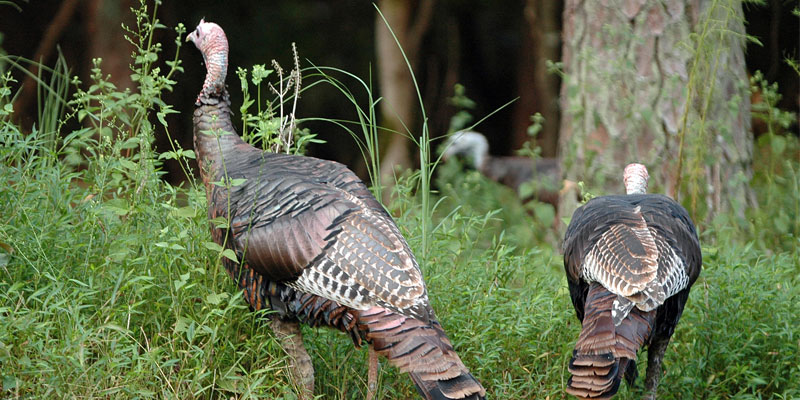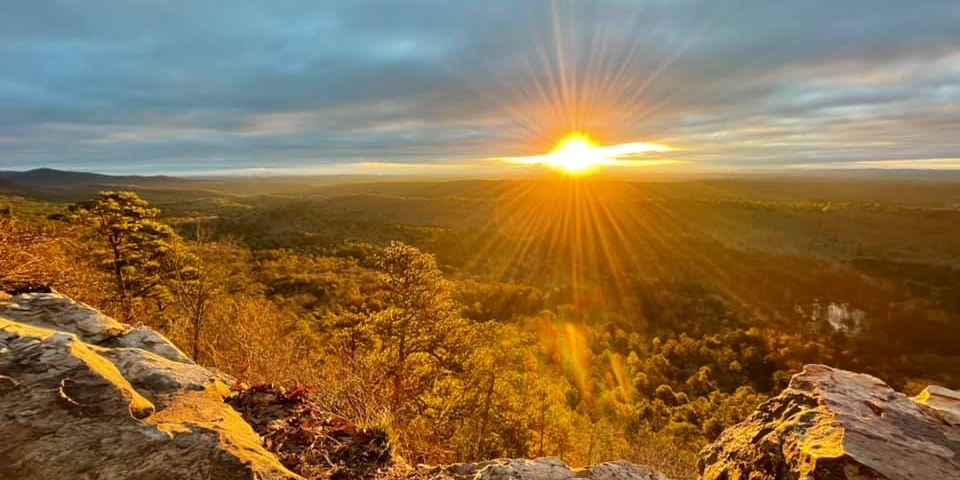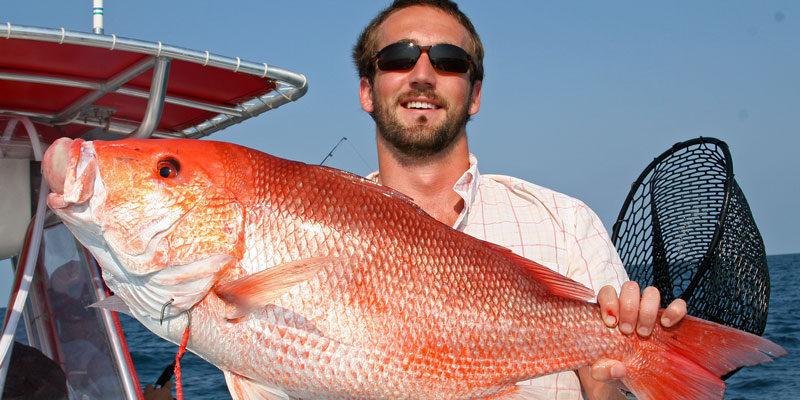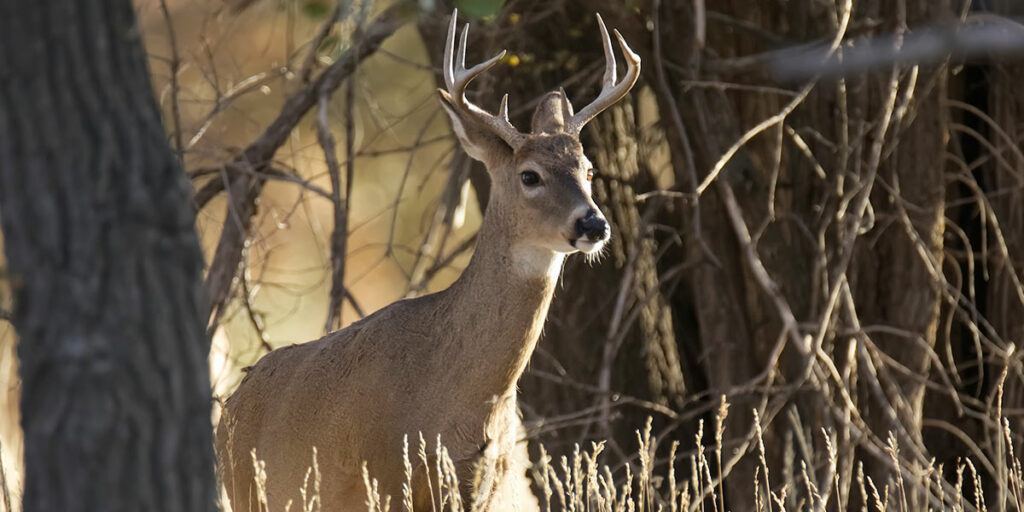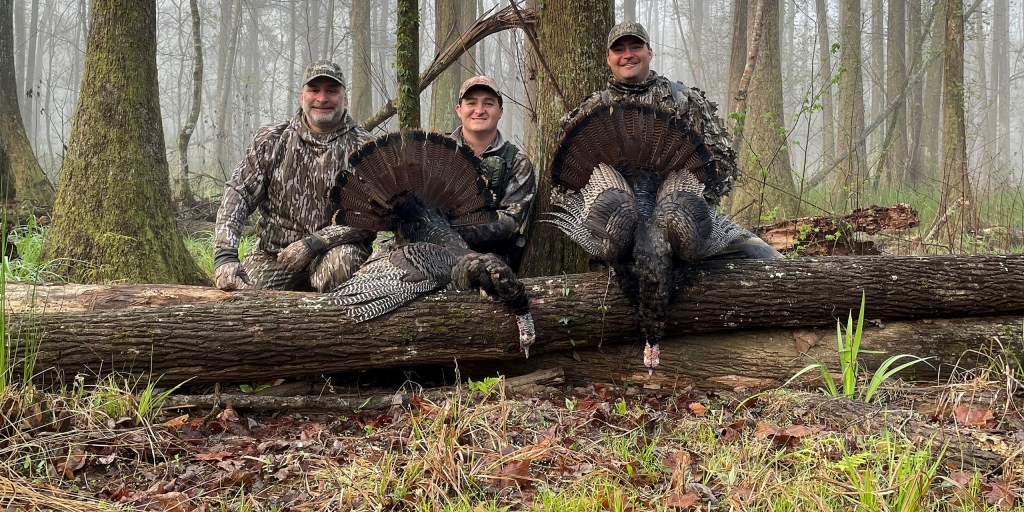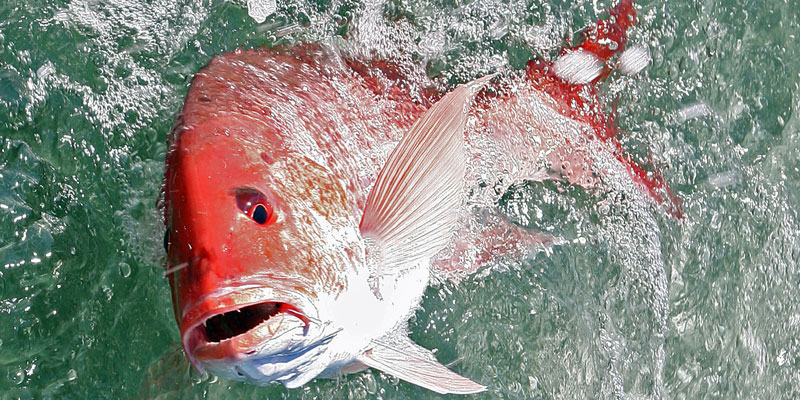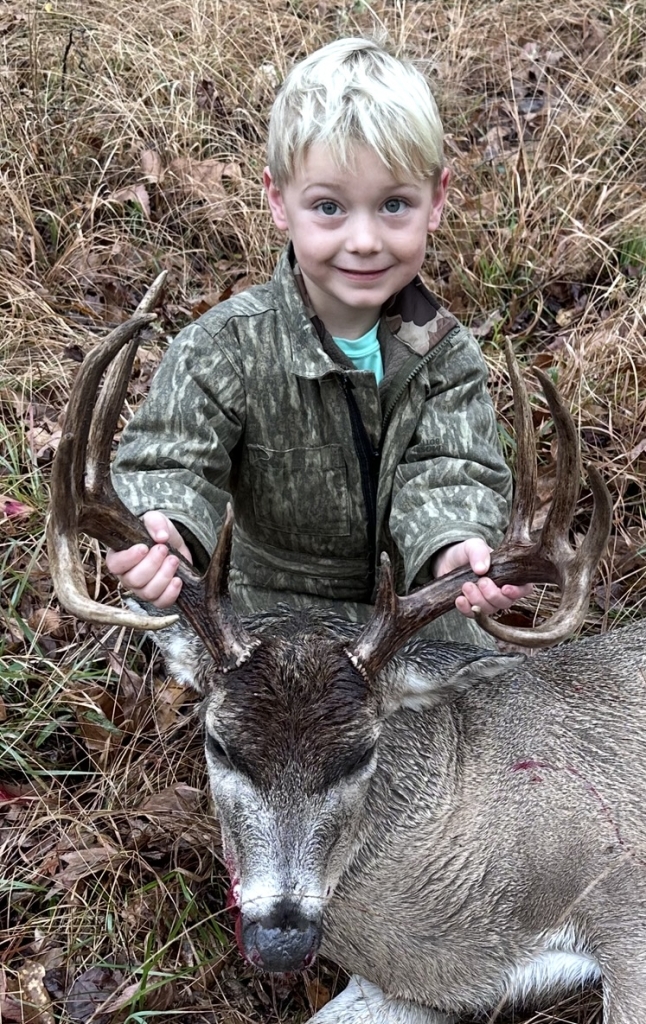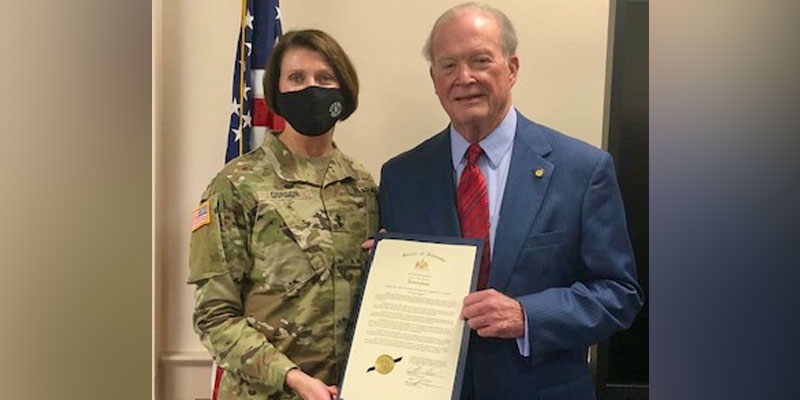In a 6-2 vote with two abstentions, the Alabama Conservation Advisory Board (CAB) recommended a starting date of March 25 for the 2022 spring turkey season with a four-bird season bag limit at its recent meeting in Montgomery. They also recommended that hunters be prohibited from using decoys for the first 10 days of the 45-day season for most of the state.
The Alabama Wildlife and Freshwater Fisheries (WFF) Division had proposed a starting date of April 1 with a one-bird bag limit the first 10 days of the season, and a five-bird bag limit that included both the fall and spring seasons.
The Board heard Dr. Barry Grand, Supervisor of the U.S. Geological Survey’s Cooperative Research Unit at Auburn University, summarize the final report of a five-year wild turkey research project conducted by Auburn University and initiated by WFF.
Grand’s report indicated several actions could positively impact the health of the wild turkey population in Alabama, including a reduced bag limit, opening the season at a later date, shortening the season or a combination of those and other actions.
“We (WFF) compromised and didn’t recommend to shorten the season and didn’t reduce the bag limit in our proposal,” said WFF Director Chuck Sykes. “Those two factors showed the least amount of positive influences on the turkey population. What made the most impact for turkey season is opening later, because 26 percent of the gobblers are harvested the first week of the season, and by the end of the second week almost 50 percent of the birds had been harvested.”
“After reviewing the turkey research data and hearing the presentations from Dr. Grand and Director Sykes, as well as considering input from hunters and constituents in their districts, the members of the Conservation Advisory Board modified the proposal from WFF,” said Conservation Commissioner Chris Blankenship. “The CAB recommendations will be integrated into the season and bag limits beginning in the fall 2021-2022 season. Nothing will change for the turkey season that opens on March 20, 2021.”
During his WFF update at the meeting, Sykes had very good news on several fronts – hunter safety, Game Check compliance and participation in hunting and fishing.
For the 2020-2021 hunting seasons so far, only one fatality and 15 total accidents have occurred.
“This year we are on pace to have the lowest reported amount of hunting accidents and fatalities that we’ve had since we began keeping records in 1973,” Sykes said. “That’s a big deal. Hunters are listening. We’re doing our best to educate them. I certainly hope we can keep that going. That’s a monumental improvement over last year.”
As for Game Check, compliance more than doubled during deer season with the implementation of the transfer of possession rules. Hunters were required to have a Conservation ID number and Game Check compliance number before a deer or part of a carcass could be transferred to another individual, including processors and taxidermists. During the 2019-2020 deer season, 95,033 harvested animals were reported. During the 2020-2021 season, the total reported harvest was 195,119.
“It worked, no ifs, ands or buts,” Sykes said of the impact of the transfer rules. “We are estimating our compliance rate right now will go from less than 50 percent to approximately 90 percent. That’s a huge deal for us to be able to utilize the data to make positive management decisions. We were able to take Game Check data and take Jackson County completely out of Zone C. We use this county-by-county data to make better decisions to give hunters more access and do what’s best for the resource.”
Sykes pointed out the effect COVID-19 restrictions had on the number of people who enjoy the outdoors in Alabama.
“Nothing could have brought us back to the forefront like COVID-19 did,” he said. “Most of our recreational licenses increased from 2019 to 2020. Freshwater fishing licenses increased by almost 15 percent. Hunting licenses were up by eight percent. Even this year, we’ve got a 5.3-percent increase in hunting licenses. Even though it’s really early in the freshwater fishing season, we’re up 8.8-percent. People are definitely getting outside to enjoy what Alabama has to offer. The same goes for our Community Archery Parks and Public Shooting Ranges. They have experienced a record number of visitors this year. We operated 12 shooting ranges and 18 archery parks. Anyone can utilize those ranges and archery parks as long as they have a license issued by the ADCNR (Alabama Department of Conservation and Natural Resources). For some perspective, the Swan Creek Range in Limestone County averaged selling 150 new licenses a week last year. So, there were a lot of first-time people coming and taking advantage of what this Department has to offer.”
Sykes said the same increase in usage was also seen at the WFF Public Fishing Lakes throughout the state. WFF manages 23 lakes with 1,912 surface acres in 20 counties.
“Our lakes had a 44-percent increase in usage from FY19 to FY20,” he said. “That translates to more than 50,000 more fishing trips than a normal year and the most fishing trips in the last 17 years. Everything we have, from WMAs (wildlife management areas) to our lakes to shooting ranges to state parks to Forever Wild property – everything experienced tremendous use last year.”
Sykes also provided the Board with an update on CWD (chronic wasting disease), which affects white-tailed deer and other members of the cervid family. Sykes showed maps of the CWD positives closest to Alabama in Mississippi and Tennessee.
“As of today, we still do not have CWD in Alabama,” he said. “We are currently testing. We tried to educate people from day one that CWD progression is about like our (feral) hog progression. It doesn’t move real fast naturally. It only moves real fast if it’s in the back of a truck. Thankfully our hunters have listened. In Mississippi and Tennessee, it has moved only 10 miles toward Alabama in the past two years through natural progression. I want to thank our hunters for doing their job and not artificially expanding the CWD zones.”
On the saltwater front, Alabama Marine Resources Division Director Scott Bannon said the season for the state’s most popular reef fish – red snapper – has not been set. Although the five Gulf states were granted state management for red snapper through the Gulf of Mexico Fishery Management Council (Gulf Council) process, the National Marine Fisheries Service has indicated it wants to implement a “calibration” process between Snapper Check and federal survey harvest numbers.
“The calibration process could reduce our quota by half,” Bannon said.
The Gulf Council will meet in April and will receive a report on the Great Red Snapper Count that was conducted by multiple research entities through grants provided by legislation sponsored by Alabama Senator Richard Shelby.
“The Great Red Snapper Count will show that, conservatively, there are three times the number of red snapper in the Gulf of Mexico than previously thought,” Bannon said. “The federal government has to provide us with an interim analysis. There will be a lot of information to come out, and there’s a lot of networking between states on how to move forward. Our goal is to avoid reductions.”
Commissioner Blankenship said all aspects of the ADCNR were affected by COVID-19 with an upswing in the public use in all four divisions – Wildlife and Freshwater Fisheries, Marine Resources, State Parks and State Lands.
“Fishing, boating, hunting, shooting, hiking, WMAs and Forever Wild property usage were all up in 2020 due to COVID,” Commissioner Blankenship said. “I personally want to thank Governor (Kay) Ivey for her support of outdoor recreation. She understood that people needed the outlet for physical and mental health through the outdoors, which could be safely accessed during this time. We appreciate her keeping this as essential services all throughout COVID. All of us benefitted from that.”
Commissioner Blankenship said the increase in license sales has allowed the ADCNR to add 15 Conservation Enforcement Officers to the staff.
“This is the largest class we’ve had in 25 years,” he said. “We’re very proud to increase our enforcement presence to protect our natural resources.”
Commissioner Blankenship also announced that all 21 State Parks now have fiber optic internet service, and expanding the Wi-Fi network at each park is underway. The Commissioner said a variety of updating and upgrading projects have started or are planned at State Parks throughout the state.
David Rainer is an award-winning writer who has covered Alabama’s great outdoors for 25 years. The former outdoors editor at the Mobile Press-Register, he writes for Outdoor Alabama, the website of the Alabama Department of Conservation and Natural Resources.




